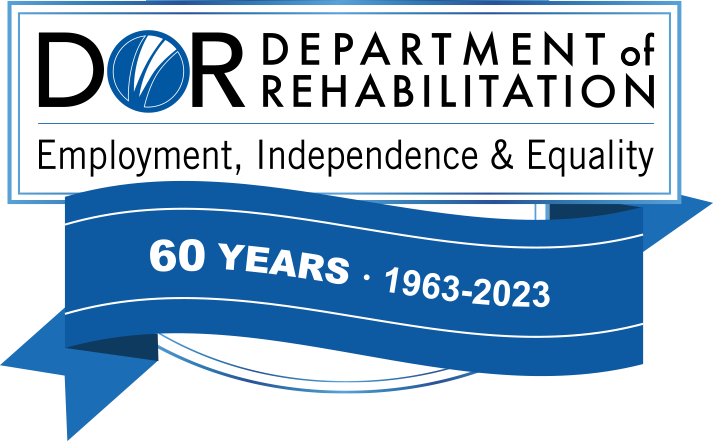Independent Living History and Philosophy

Independent Living History
The Independent Living Movement was influenced by the self-help, consumer and civil rights movements of the 1960s and 70s in America. It changed the way people thought about disabilities. Instead of treating a person with a disability like a patient who needed to be cured, the Independent Living way of thinking put the person first. Independent living meant that a person with a disability was able to make decisions in his or her own life about what products and services would be benefit them most.
In the mid-1960s, people with disabilities began to call attention to unfair practices in housing, education, public transportation and employment. Disability rights protesters occupied a federal building for a sit-in. Some of them even stopped buses with their wheelchairs because the buses could not let people who used wheelchairs ride the bus.
In 1962, Ed Roberts was the first severely disabled student to be admitted to U.C. Berkeley. By 1969, there were twelve severely disabled students admitted. Known as the "Rolling Quads", they advocated for students with disabilities in housing and education. Ed Roberts went on to lead the Center for Independent Living in Berkeley, California. Judy Heumann joined him to support that center. Lex Friedan started an Independent Living Center in Texas around the same time.
These leaders and their efforts resulted in the following victories for the disabled community:
-
The Rehabilitation Act of 1973 first authorized funding for independent living centers and programs. It was signed into law in 1973, but it wasn’t until 1977 that regulations were signed for Section 504 of the Rehabilitation Act of 1973 . This was considered by many to be the beginning of great progress in the disability rights movement. It was the result of the longest sit-in at a Federal building in United States history.
-
The Americans with Disabilities Act was signed into law on July 26, 1990. It made more protections for people with disabilities in employment, public buildings and transportation. The ADA was long fought after many years of work by grass roots activists and leaders alike.
Independent Living Philosophy
Independent Living is a way of thinking about people with disabilities. It says that people with disabilities know best how to take care of themselves. They are able to make important decisions that effect their lives, have relationships with whom they choose and have access to all the benefits of society that non-disabled people do. Independent Living means that people with disabilities have the right to live as independently as they choose. If a person with a disability wants to ask for help, they can. But the kind of help they ask for and who they ask is up to them. This way of thinking is often described as "self-determination". People with disabilities are people first and entitled to the same respect that non-disabled people are. The Independent Living Movement uses people-first language, such as "people with disabilities" instead of "disabled people". This shows that the person is most important, not the disability.

